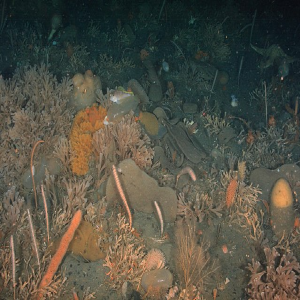 Smart Citations
Smart CitationsSee how this article has been cited at scite.ai
scite shows how a scientific paper has been cited by providing the context of the citation, a classification describing whether it supports, mentions, or contrasts the cited claim, and a label indicating in which section the citation was made.
Deep-sea benthic ecosystems waste nothing and recycle everything, even viruses
Viruses are the most abundant biological entities of the global ocean and have a pervasive role in marine ecosystems because, being a major cause of mortality, they module the functioning of food webs, and biogeochemical cycling. This role is due not only to their ability to infect and lyse marine organisms but also to the decomposition of their particles (viral decay). The organic matter of viral origin, indeed, can be recycled by benthic organisms thus representing an additional important food source for their metabolism, especially in deep-sea sediments, characterized by very low availability of trophic resources. This short note will present an overview of the available information on viral decay in deep-sea benthic ecosystems.
How to Cite

This work is licensed under a Creative Commons Attribution-NonCommercial 4.0 International License.
PAGEPress has chosen to apply the Creative Commons Attribution NonCommercial 4.0 International License (CC BY-NC 4.0) to all manuscripts to be published.


 https://doi.org/10.4081/aiol.2022.11053
https://doi.org/10.4081/aiol.2022.11053




